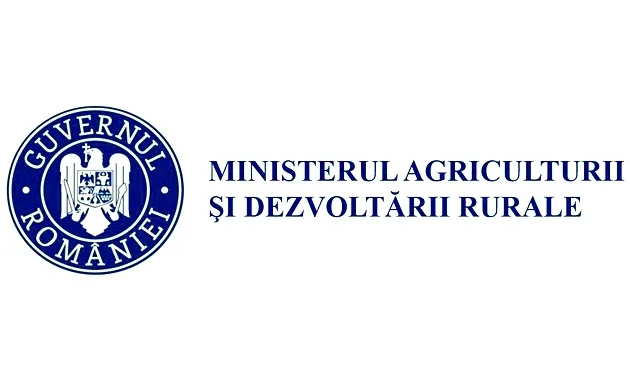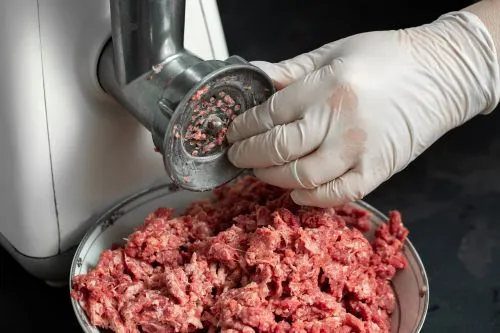
New Developments in Animal Nutrition
Last year, pharmacological levels of zinc oxide had to be gradually eliminated from the diets of weaned pigs in the EU. These days, the animal feed business is looking at the following challenges. One of them includes the long-term maintenance of pig tails. An interesting dilemma is on the horizon, as explained by Dr. Francesc Molist, an expert in animal nutrition, who provided more details on this matter for PigProgress.
Diets for Pigs with Low Levels of ZnO
Producing pork in accordance with sustainability and welfare standards is increasingly seen as a prerequisite for consumers and retailers in the EU. The swine sector has already made enormous efforts in recent years to first reduce the use of antibiotics and, more recently, to reduce the use of therapeutic levels of zinc oxide (ZnO) to avoid antimicrobial resistance and environmental pollution.
After nearly a year of all diets in the EU being produced with low levels of ZnO, it seems that nutritionists, veterinarians, and farm managers have found a solution for most farms to keep animals healthy without losing too much productivity. Diets have been reformulated following low crude protein content concepts, and diets have also been diluted to help piglets overcome the stress associated with weaning. Efforts from all partners in the chain are required.
Neonatal Mortality and Low Sensory Intake
The current welfare issues for pig producers include neonatal mortality and low sensory intake (e.g., stereotypical and damaging behavior). In accordance with these issues, the next step for the swine industry on the EU welfare agenda is to allow sows freedom during nursing and to produce pigs with long tails. However, to help the sector produce pigs with long tails, efforts are needed from all partners in the chain.
It is also essential to compensate pig producers for the additional costs incurred in delivering pigs with intact long tails.
A Holistic Approach
Once again, similar to the production of piglets without therapeutic levels of ZnO, a holistic approach that may differ from farm to farm is needed to succeed in producing pigs with long tails. Management must be improved with the appropriate density and sufficient space (i.e., for resting, moving, eating, and drinking) per pig; the use of suitable enrichment material; the right environment, with a special focus on ventilation, but possibly also nutrition, can play a role.
Although tail biting behavior is commonly seen as a problem during the growing-finishing phase, preventing tail-in-mouth behavior (the precursor to damaging behavior) from a young age is essential.
Crude Protein Level in the Diet
From studies conducted at Schothorst Feed Research, it appears that the crude protein level in the diet, as well as the type and level of fiber in diets, play an important role. Fiber can play a crucial role in modulating pig feeding behavior and in altering the microbiota in the gastrointestinal tract.
It seems that the gut-brain axis plays an important role in regulating brain physiology and behavior and, therefore, could be important in controlling tail biting behavior in pigs.
Diets with Low Crude Protein Content
On the other hand, from recent experiences, we have learned that diets with low crude protein levels (15-17%) and/or an unbalanced amino acid profile can increase the risk of tail biting behavior.
This raises a dilemma: for improving gut health, we have learned that diets low in crude protein can control the growth of E. coli and, therefore, reduce the risk of post-weaning diarrhea. On the other hand, low crude protein diets with an unbalanced amino acid profile can increase the risk of tail biting behavior.
To produce pigs following sustainability and welfare concepts, collaboration with nutritionists, farm managers, veterinarians, and feed industry suppliers will be necessary once again to find the right solution for each individual farm.




